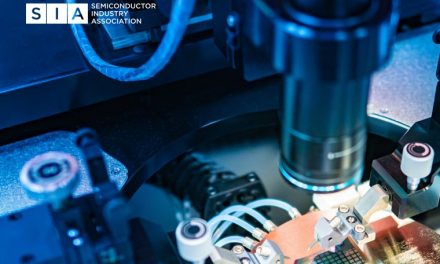Medical Device PCB standard reaches new milestone – aim for late summer industrial launch
“We are extremely content with this step forward, moving us closer to industry launch. The development of PCB standards is in general a time consuming process, the one for the Medical Addendum is no exception”, says Elmaticas Chair of the Medical Addendum Task group, Jan Pedersen.
In 2016 Elmatica initiated a task group for Medical Applications. IPC accepted the challenge and founded IPC-6012 and 6013 Medical Addendum with Jan Pedersen as Chair.
Different industries require different standard settings
“Developing the standard we have had to look into all aspects and needs for medical devices. Identifying PCBs used in several applications such as implants and hearing-aids that have line widths, thickness, hole sizes and other features below current tolerances and limits in today’s Design, performance and acceptability standard”, says Pedersen.
Imperfections in materials that would be acceptable in other industries, may cause application failures in Medical Devices, same goes for what test frequency waivers are accepted within the industry, all factors that need to be analyzed and discussed in the Task Group.
One down – one to go with the IPC 6013EM
“Other obstacles we have faced are terminology, how to name different sections and PCBs, like Micro PCBs, and different Design Producibility Levels. For the last one we had to suggest a new level due to the complexity for Medical Device Applications, a completely new level, Level D”, says Pedersen.
“Developing standards is time consuming, however we aim for industry launch of IPC 6012EM late summer. Now we start working on the IPC 6013EM, hoping for launch around November” says Pedersen.
Interested in learning more about IPC standards – check out www.ipc.org











